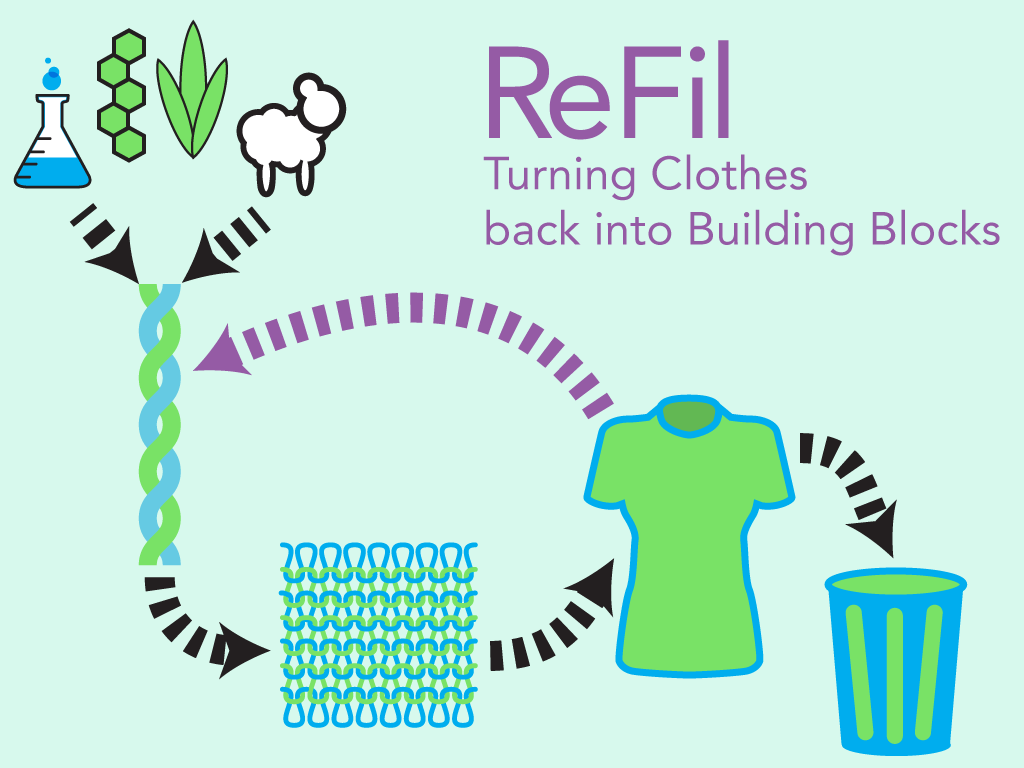Conductive Spinning Frame

The Conductive Spinning Frame is used for the creation of spun/plyed yarns with varying amounts of twist along the yarn/ply to allow for the creation of pressure sensitive conductive “soft spots” when using conductive fiber such as Bekinox W12/18 by Bekaert.
With the Conductive Spinning Frame a user can twist fibers or ply already spun yarns including core spun yarns in a dynamic controlled manner that allows for the creation of sensor yarns that can be woven or knitted into clothes.
Complete project documentation can be found here. Version 1 files are solidified for perpetuity in the Fab Academy Archive: Conductive Spinning Frame Source Files

Conductive Spinning Frame by Troy Nachtigall is licensed under a Creative Commons Attribution-NonCommercial-ShareAlike 4.0 International License.
Based on a work at http://troykyo.github.io/Final.html.
Final Project Plan
ReFil - Disassembling composites to make new composites
I want to attempt to add state to a flexible material to make clothing programmable.
In many ways Knitting machines are the first examples of 3D Printing. They take a filment (or stranded filament) and guide it thru a series of complex movements to create a conformable 3D shape (Mostly tubes.) What if we could build a machine that would take our old clothing and make new clothing out of it? What if we could use other materials? Much like the Filabot makes Filament for 3D Printers, I want to make a machine that can recycle clothing and process other materials to make Knitwear.
Keywords - Disassembly, Reprocessing, Rebuilding

Description
The goal of this project is to disassemble an article of clothing and realize yarn capable of creating another article of clothing. Projects for opensource knitting machines already exist OpenKnit and Knitic. The idea is to close the circuit and reknit the material. While I hope this to be a mechanical machine I understand that clothing today contains many different kinds of fibers; Natural, Artificial and Synthetic. I look forward to discovering what can be done to close the loop and disassemble clothes as if they were lego blocks.
Steps
Challenges
I expect that the biggest difficulties are going to lie in producing a single yarn that doesn't break in the production process or in the knitting process. Knitting yarns nearly fold around the knitting needle while under a pre-measured amount of tension. Ensuring that I am creating a yarn that can handle that level of stress is going to be a true challenge that I hope to learn how to overcome in Fab Academy.